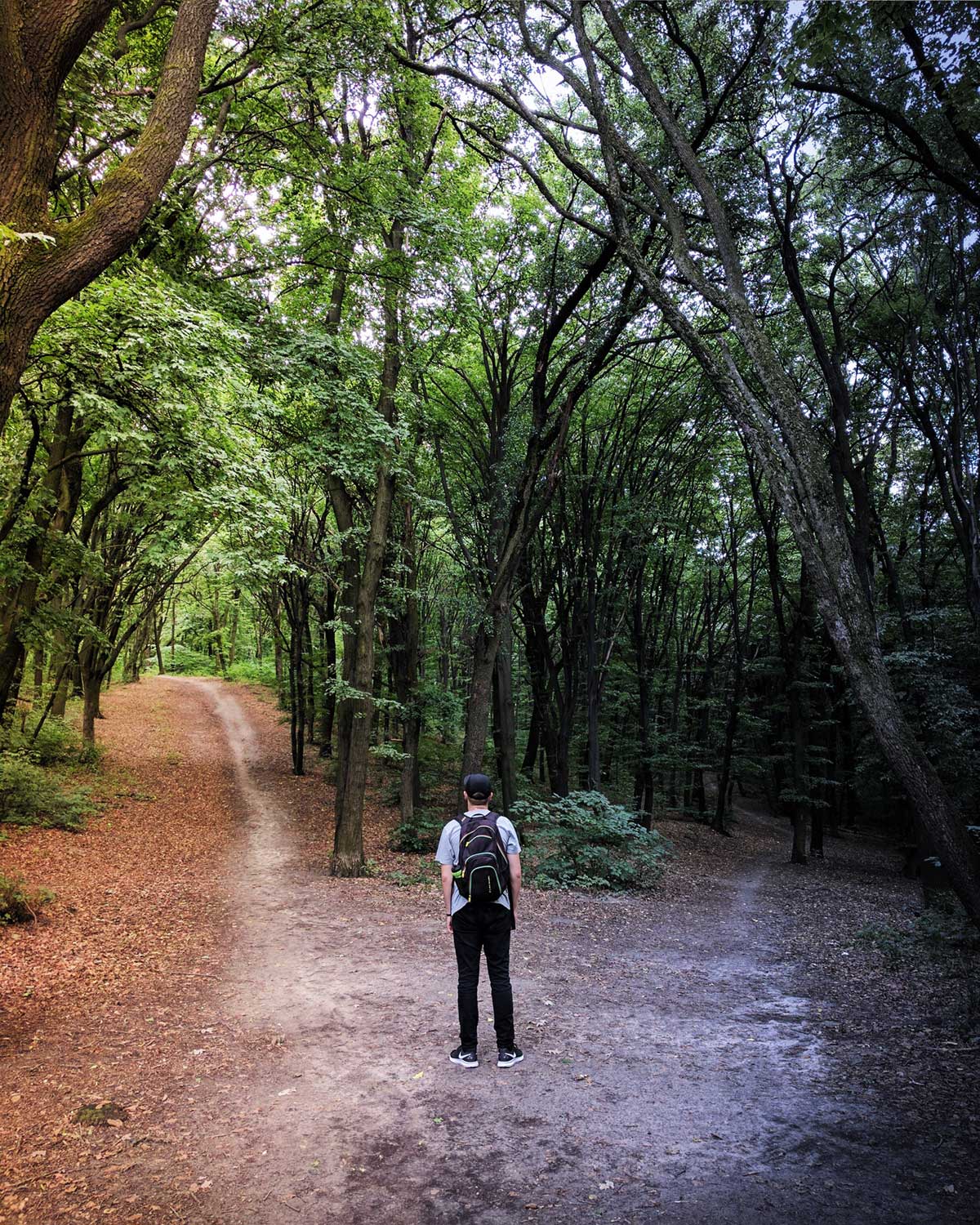
We make up to 35,000 conscious decisions every single day.
So, how do you choose whether or not to take the road less traveled?
What neuroscientists are learning is that basic brain cells or neurons are responsible for the decisions we make. But the ways these brain cells communicate with one another in different parts of the brain is important and is something we have control over. If this sounds complex, let me tell you, it is. But let’s try to break down some of the major players in decision making, so this idea becomes slightly more palatable.
To understand how we make decisions, it’s important to understand habits, cravings, and addictions.
Habits consist of:
- A cue
- A routine
- A reward
Cravings are a good example of a habit that has been instilled in our brains for a long period of time, so much so that we feel as though we need it.
When you begin to crave sugar, say… an ice cream cone, researches can see this craving illuminated on a functional MRI (fMRI). When the brain determines the value and cost of taking specific actions to eat the cone, the perceived value of eating that ice cream cone activates the brain in areas used for decision-making.
A region of the brain called the dorsolateral prefrontal cortex was found to regulate cravings in response to cues associated with cravings (for example, the sound of an ice cream truck would signal the craving to eat a cone). The degree of sugar craving was reflected by the intensity of the brain imaging response. The fMRI results successfully predicted subsequent cravings.
Well then, how do we make the decision to eat that ice cream cone?
A February 2015 study, from the Okinawa Institute of Science and Technology (OIST) Graduate University in Japan found that one of the major parts of the brain involved in decision making is called the striatum. The striatum is part of the basal ganglia, which makes up the innermost core of the brain. It is responsible for how you make decisions and what action you will take from that decision. The pre-frontal cortex is also extremely active in the process of making decisions.
What researchers have also uncovered is that the brain’s stored information is not the only way we make decisions. We receive sensory information from our environment, and we interpret that information in order to make a decision to take action. This means people in our lives, the space around us, and the varying environmental factors that we are exposed to have the ability to alter our decisions.
That means, through memorized experiences and current sensory information from the environment, we decide whether or not to eat that ice cream cone. But it’s not always a logical decision. In fact, most of the time, we decide based on our emotions.
If you can’t feel emotions, it can be difficult to make decisions. The ventro-medial pre-frontal cortex or vmPFC is part of the prefrontal cortex. It aids in your ability to make decisions. This part of the brain helps to regulate fear, while other parts of the brain like the amygdala helps process conditioned fear. The vmPFC allows you to let go of the conditioned fear once you’re able to logically disprove that fear.
Each decision that we make... well they don’t stand alone. We often make decisions based on our own self-interest, but it’s important to understand that our decisions impact others as well. Each choice that we make affects another person, whether the decision is big or small. We impact others because everyone (and everything) emits energy that vibrates at different levels. Sometimes, we notice we’re vibrating at a high level when we wake up in the morning feeling gratitude, love, and really, we just want to dance and hug our dogs. But sometimes, we can emit a lower vibration, which is natural when we experience emotions like sadness, anger, and guilt. And you may not be aware of it, but your senses are always picking up on these vibrations. And since we are all made from (mostly) energy, we pick up on these emissions. That being said, each decision we make has an impact on our energy and the energy of people around us.
So, what do we do about it?
Well, we know that we make decisions from stored memories, sensory information from our environment, and from memorized emotions. Now that we know this, the best thing to do when you make a decision is to ask yourself, “What is the end goal I am looking for?" Then ask yourself, “What is the emotion behind this decision?”
The fact is, you have the ability to take the road less traveled as long as you create a beneficial environment that supports your decision and have the motivation to stick with the decision.
You have the power. Your destiny is within your own hands. You can use this information to your advantage. You can look at this information as a catalyst for change.
One decision can change everything. The choice is yours.

